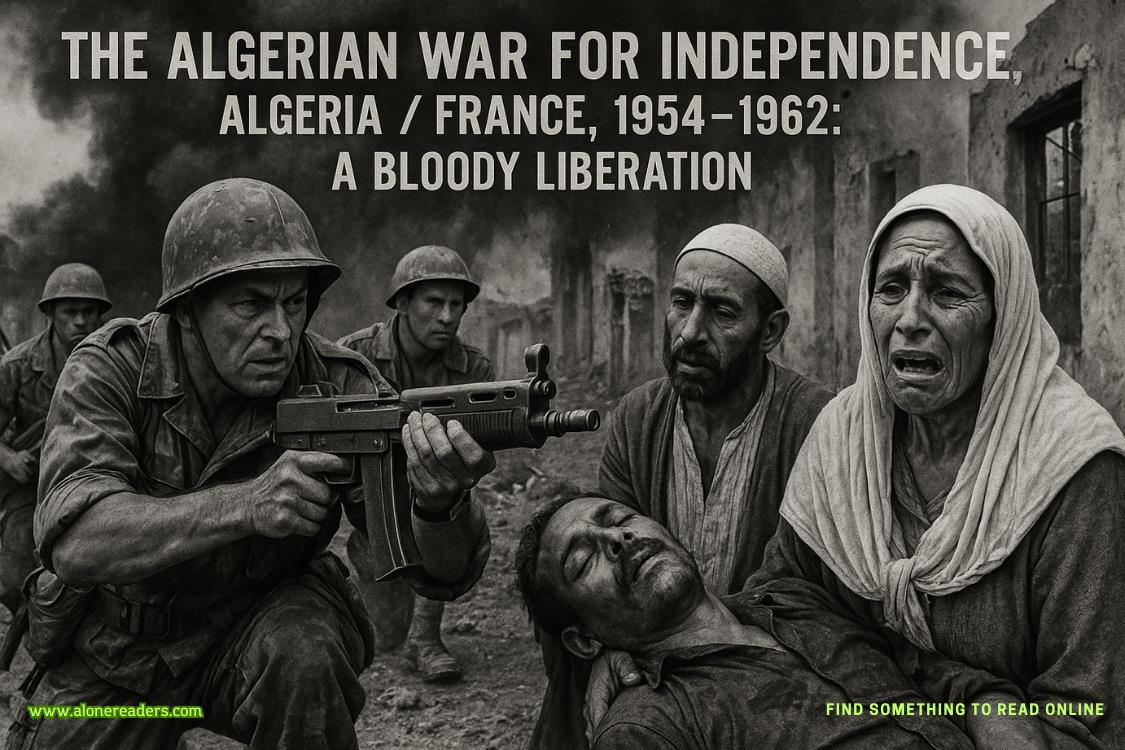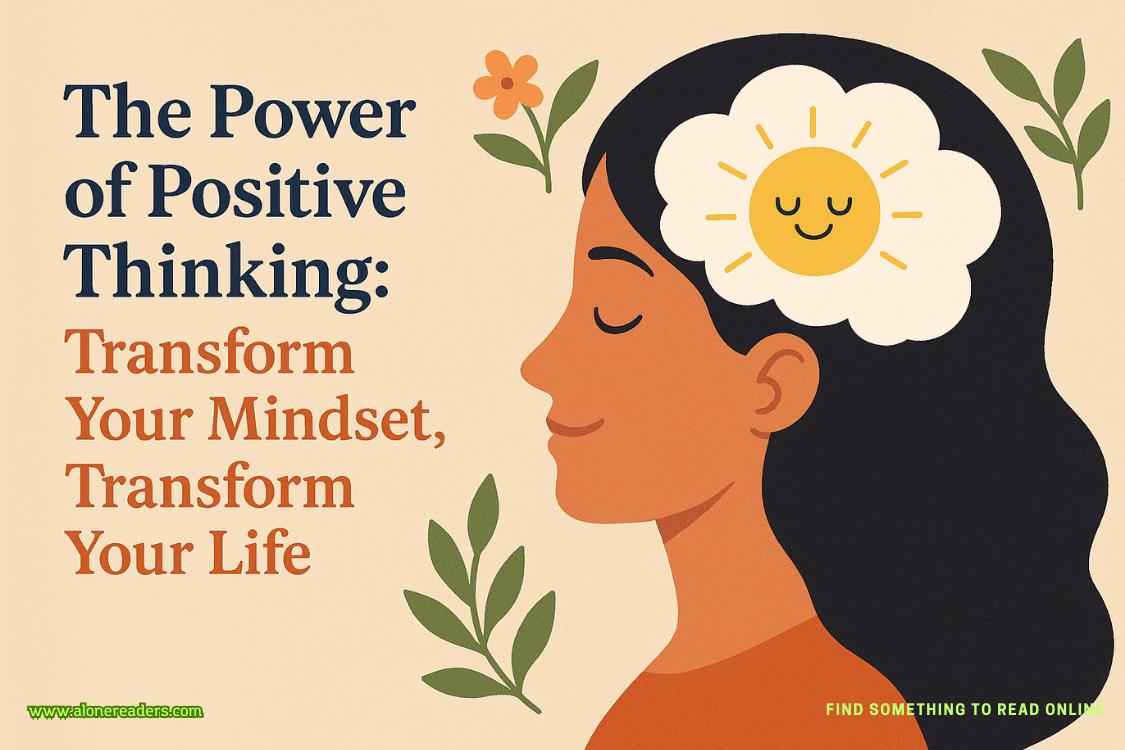Page 26 of Painted in Love
He drew her farther into the building. “This warehouse was my first, and it’s really a prototype. Over the last five years, I’ve opened another four in major US cities. Our goal is to subsidize and support artists and help promote their work. We’re also expanding globally.” He flourished a hand. “Let me show you around.”
“Sure,” she said. “Show me around.” This guy was slick and sly—so unlike the man she’d gone to bed with last night—and he had to have an agenda. Anybody this good-looking and this rich had to have another side to him even if she hadn’t seen it.
But last night had been sooo good. She wanted it again. Even if it might be very bad for her.
It was like her brain was screaming no, but her body was one hundred percent in. Her heart—well, that was a whole different matter. After Hugo, her heart was immune. But Clay’s scent reminded her of the spice of last night. Of the feel of his hair beneath her fingers, the touch of his lips on hers, the taste of him in her mouth.
If she went on like this, she’d never make it through the interview.
He was saying, “Each twenty-by-twenty cubicle has been turned into an individual artist’s studio.” He took a flight of stairs leading to a second-floor landing that overlooked the partitions.
The sight stole her breath. “There must be a hundred artists down there.”
He smiled when she looked up at him, as he stood like a giant of men. “More than a hundred. Because we have collaboration—some artists working together.” He leaned forward, hands on the railing, surveying the sea of generous workspaces. “We give each artist a stipend and pay for their studio setup. After that, they buy their own materials.” He glanced down at her. “But if anyone’s ever a little short, I don’t make them stop working until they find the money for more supplies.” A smile flirted with his lips. “They help each other too. They’re all very supportive. It’s not a horse race, where someone will win and everyone else loses.”
Despite her suspicions and her resistance to anything being this good, it struck her that what he’d created was pretty amazing. “I read somewhere that you also sell the work for them.”
He shook his head. “I don’t sell it for them. The work sells itself. Because they’re good. And getting better all the time.” A note of fervor entered his voice, as if he were a minister preaching a sermon. “But I help them find gallery space and mount shows. I’ve also started a video platform where they can show their work in virtual galleries. They can also create videos to talk about their process, how they create, why they create, why they chose their art form, where they get their inspiration. That helps sell their work too. People love knowing how a particular piece came into being.”
If she’d had a place like this when she was sixteen, what could she have accomplished so much earlier?
If he was on the up-and-up.
He jogged back down the steps, turning to her as she followed more slowly. “Let me introduce you around.”
The artists here were of all ages, all ethnicities, all genders. She’d probably find they came from all walks of life if she learned their history.
She especially enjoyed meeting Vic Carter, who made art out of reclaimed plastic, sculpting dolphins, whales, and other sea creatures endangered by all the garbage people threw in the oceans. His work was both brilliant and eco-conscious.
Artists worked in metal and clay and stained glass and paint. In these amazing studios, each artist had everything necessary to create their work.
Stopping at a studio shared by a man and a woman, Clay flourished a hand. “Bonnie Hale, this is Saskia Oliver.”
In her late forties, her dark hair sprinkled with silver and cascading down her back, Bonnie wore overalls crusted with the materials of her work. She gave Saskia’s hand a no-nonsense shake.
Clay turned to the man. “Otto Klein.” His gray hair attested to his being somewhere in his fifties.
As she stepped farther into Bonnie and Otto’s studio, she marveled at a partial mosaic on a lightbox. Pasted to the large shelf above it was a photograph of a bird of paradise, which they had emulated in glass pieces on the lightbox.
“This is amazing mosaic work,” she enthused.
“Thank you,” Bonnie said, Otto nodding his thanks. “We aren’t illustrators, so we use photographs to guide our work.”
Otto added in accented English, “We also use stained-glass patterns.”
Pattern books lined the shelves beside cubbies for racks of glass. Remnants filled tubs arranged by color. Toolboxes contained everything from wheeled nippers to glass cutters to glass breakers, along with dental tools and tweezers. Below that were buckets of adhesive, and grout in various colors.
Bonnie followed Saskia’s gaze. “Even though we use patterns, the artistry comes out in our use of color and how we put the patterns together.”
“It’s beautiful and artistic work.” She fluttered a hand from the photo to the glass bird of paradise on the lightbox. “You’ve taken a picture and turned it into a masterpiece.”
Otto added gruffly, “We could never have stepped out of using other people’s patterns and turning to photographs and other means of making our mosaics were it not for Clay.”
Bonnie put a hand to her heart. “I worked on my kitchen table. Every day, I had to put it all away.” She laughed. “I was always finding bits of glass on the floor. My husband left me when he found a glass sliver in the stew.”
“I hope that story isn’t true,” Saskia said with a smile. “That could be dangerous.”
Bonnie laughed. “Not far off. Let’s just say he didn’t care for my obsession with mosaics.” Then she added, “Clay found us a place where we could spread out and set our creativity free.”















